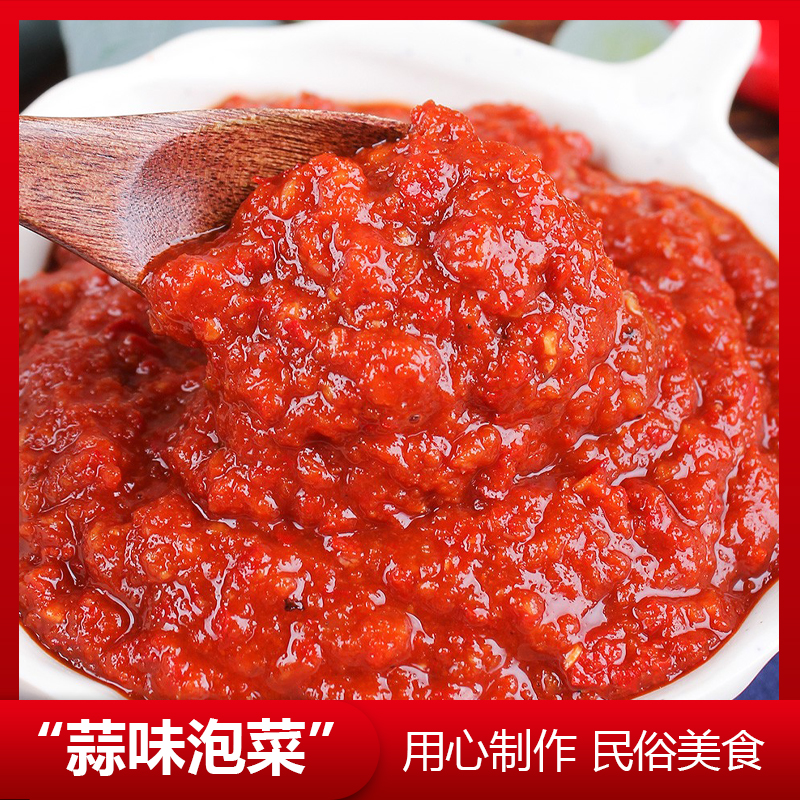Lobster summer six note
The first step in preparing for shrimp stocking is to ensure the pond is well-equipped with proper water access and drainage systems. The surrounding area should be enclosed with nets or fences, at least 50 cm high, to prevent predators and escape. Within the pond, artificial habitats such as rocks, bricks, mesh, old tires, and grass structures can be placed to provide shelter for the shrimp and help them avoid predators.
It’s also important to plant aquatic plants like water hyacinths, water lettuce, and white water lilies around the pond. These plants cover about one-third of the surface, offering shade and helping to cultivate plankton that the shrimp can feed on. Before stocking, new ponds should be treated with lime (about 100 kg per acre) to disinfect and clear the water. For older ponds, thorough dredging, cleaning, and drying for 10–15 days is recommended, followed by a lime treatment of 50 kg per acre to eliminate harmful organisms like snails, fish, rats, and snakes.
About 10–15 days before stocking, decomposed manure—such as pig manure—should be applied to the pond to stimulate plankton growth and provide natural food sources for the shrimp. A fine mesh screen (60–80 mesh) should be installed before filling the pond to block unwanted creatures from entering. The water depth should be maintained between 50–80 cm, with a transparency of 30–40 cm to ensure good visibility and healthy conditions.
Next comes the stocking process. It’s best to stock shrimp during the early morning or late evening on a sunny day. Juveniles of about 2 cm in length (6,000–8,000 per acre) and 3–5 cm in size (4,000–6,000 per acre) are typically used. All shrimp in the same pond should be of similar size to avoid aggression. In addition, small fish like silver carp and bighead carp can be introduced to help control algae and maintain water quality.
Feeding should be done carefully. For the first three days after stocking, small fish or minced meat can be provided. As the shrimp grow, they can be fed crushed snails, coriander, and plant-based feeds like wheat bran, corn meal, and soybean cake, or commercial compound feed. Feed should be given in sufficient amounts but not left over. The daily feeding rate should be 15–20% of the shrimp’s body weight for smaller ones, and 5–10% for larger shrimp. Feeding twice a day, more at night, helps ensure even distribution and better digestion.
Water quality management is crucial. Shrimp require clean, oxygen-rich water. Every week, add 15–20 cm of fresh water to keep the environment stable. If the weather is extremely hot, increase the water depth to 35 cm or more to regulate temperature. Avoid pollution from industrial waste, pesticides, or chemicals. When oxygen levels drop, or if the water becomes stagnant or stormy, reduce or stop feeding and monitor the shrimp closely. If they show signs of distress—like floating near the surface or climbing out of the water—it’s time to add more water or use an aerator.
Disease prevention involves regular inspections of the pond and the shrimp’s behavior. Check for signs of illness, such as poor appetite, abnormal movement, or shell damage. Remove any algae or debris promptly. Ensure that intake and outlet filters are intact to prevent unwanted species from entering. Watch for predators like water snakes, birds, frogs, and other fish, and remove them immediately if found.
Before introducing shrimp into the pond, it’s essential to sterilize the seedlings to prevent disease. Regularly disinfect the pond with quicklime and maintain clean, fresh water. Adding vitamins to the feed can boost the shrimp’s immunity and overall health.
Finally, timely harvesting is important. After about two months of feeding, when the shrimp reach over 50 grams, they can be harvested using traps, cages, or nets. This ensures optimal growth and market value. Regular monitoring and proper care throughout the cycle lead to successful shrimp farming.

1. Garlic fragrance everywhere, unique charm.
Garlic-flavored kimchi exudes a rich garlic aroma. That unique scent instantly arouses your appetite and makes you unable to resist. 2. Crispy texture, unforgettable aftertaste. Every bite of garlic-flavored kimchi brings a crispy texture, bouncing between the teeth and leaving an unforgettable aftertaste. 3. Traditional craftsmanship, made with ingenuity. Following traditional production techniques, carefully select fresh ingredients and integrate full ingenuity to ensure excellent quality. 4. Versatile and delicious, freely matched. Whether it is paired with rice, noodles, dumplings, or enjoyed as a side dish with meat and seafood, garlic-flavored kimchi can blend perfectly and add a unique flavor. 5. Nutritious and a healthy choice. Rich in nutritional ingredients such as vitamins and dietary fiber. While enjoying the deliciousness, it also helps your health. 6. Convenient and fast, enjoy at any time. Convenient packaging and easy to store. Whenever and wherever you want to eat, you can easily open it and taste this deliciousness. 7. Unique flavor, regional characteristics. With a strong regional flavor, garlic-flavored kimchi allows you to appreciate different food cultures and feel a different kind of charm. 8. Stimulate the taste buds and awaken vitality. The strong garlic flavor and the sour and spicy taste of kimchi interweave, stimulating your taste buds, awakening your vitality and making you full of energy.

Garlic Flavored Kimchi,Korean Cuisine,Spicy Garlic Kimchi,Garlic Kimchi
Yanbian Jingangshan Food Co., Ltd , https://www.ybjgsfood.com